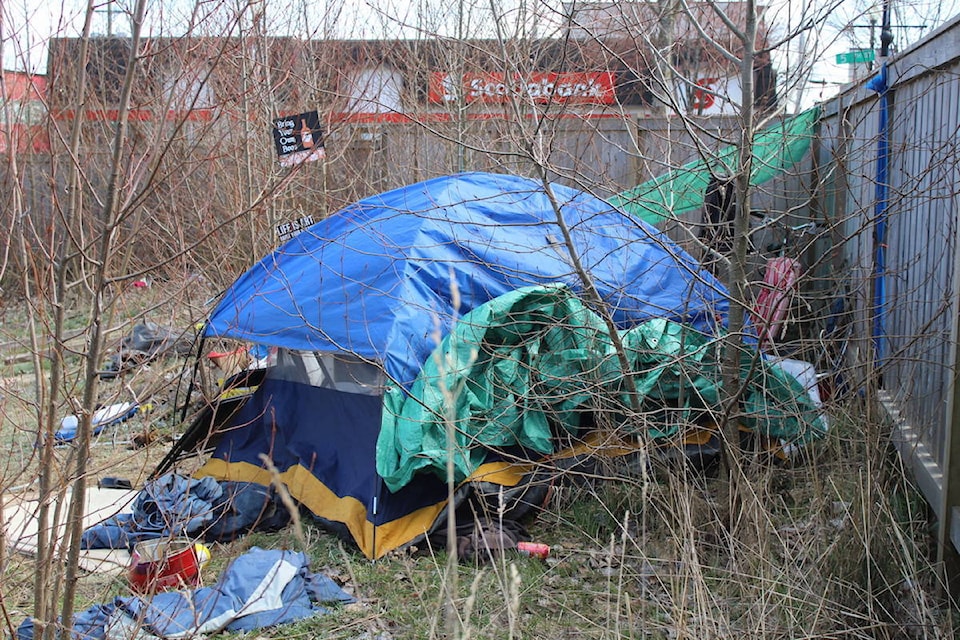The number of tents are outweighing the number of ‘For Rent’ signs in some corners of the province. The situation is a major concern of the Co-operative Housing Federation of B.C., which is on a mission to shelter a greater number of people through a thriving co-operative housing movement.
Appearing before Courtenay council Sept. 16, the federation’s executive director Thom Armstrong discussed the concept of co-op housing, which gives individuals a say in how their home operates. Co-ops generally house a mix of ages and incomes. Some are geared to seniors. They can be high rises, heritage buildings, row townhouses or floating homes. As opposed to renting, members pay user charges and own homes together.
Most co-ops are concentrated in the Lower Mainland and Greater Victoria.
“That’s something we hope to change,” Armstrong said. “Something we’re working very actively to change with the municipal council in North Cowichan. We’d like to extend that effort to the Comox Valley.”
He said more people in the Valley, as a percentage of B.C.’s population, pay more than 30 per cent of their income on shelter.
“In Courtenay proper, that number rises to 51 per cent,” Armstrong said. “When one in five people are paying more than 50 per cent of their gross income toward rent and utilities, that means they’re comprising other facets in their life. Not a healthy situation. It means that many people we are dealing with who are classified as renters are just one bad break, or one lost paycheque, away from homelessness.
“The big problem with co-ops is we don’t have enough of them,” he added. “That’s what we’re trying to do something about through the Community Land Trust.”
The federation created the land trust to help preserve and expand co-op and other non-profit housing. A non-market real estate developer, the CLT is building new co-op homes around B.C. The federation says it will be responsible for assets associated with nearly 3,000 co-op and non-profit homes by the early-2020s.
